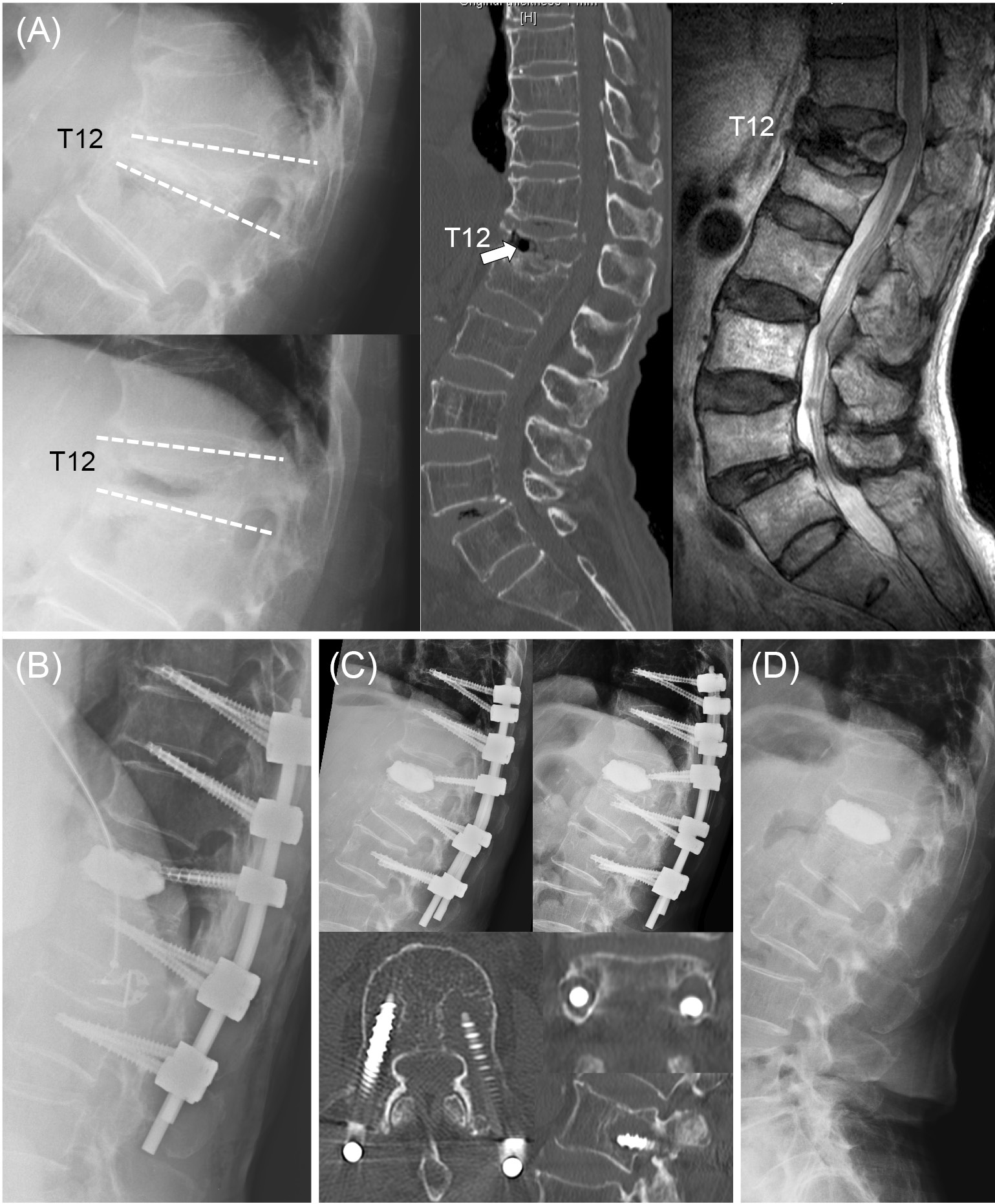Volume 12, Issue 10
Displaying 1-9 of 9 articles from this issue
- |<
- <
- 1
- >
- >|
Editorial
-
2021Volume 12Issue 10 Pages 1226-1227
Published: October 20, 2021
Released on J-STAGE: October 20, 2021
Download PDF (376K)
Original Article
-
Fusion rates of PLIF using expandable cage for pear-shaped discs, a risk factor of cage retropulsion2021Volume 12Issue 10 Pages 1228-1234
Published: October 20, 2021
Released on J-STAGE: October 20, 2021
Download PDF (1293K) -
2021Volume 12Issue 10 Pages 1235-1239
Published: October 20, 2021
Released on J-STAGE: October 20, 2021
Download PDF (1242K) -
2021Volume 12Issue 10 Pages 1240-1245
Published: October 20, 2021
Released on J-STAGE: October 20, 2021
Download PDF (945K) -
2021Volume 12Issue 10 Pages 1246-1250
Published: October 20, 2021
Released on J-STAGE: October 20, 2021
Download PDF (1025K)
Case Report
-
2021Volume 12Issue 10 Pages 1251-1256
Published: October 20, 2021
Released on J-STAGE: October 20, 2021
Download PDF (1802K) -
2021Volume 12Issue 10 Pages 1257-1263
Published: October 20, 2021
Released on J-STAGE: October 20, 2021
Download PDF (2438K) -
2021Volume 12Issue 10 Pages 1264-1268
Published: October 20, 2021
Released on J-STAGE: October 20, 2021
Download PDF (1418K)
Secondary Publication
-
2021Volume 12Issue 10 Pages 1269-1276
Published: October 20, 2021
Released on J-STAGE: October 20, 2021
Download PDF (1414K)
- |<
- <
- 1
- >
- >|








